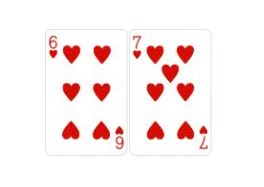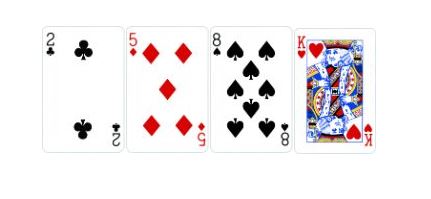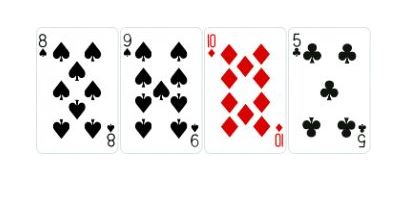When it comes to poker maths, there’s lots of curious terms you will come across. Implied odds are one of many that you will hear players use. Many players use the term to justify poor call or bad beats they inflict on opponents, you won’t though as you have this article to help you. This article will look at what implied odds are and how you can use them correctly.
What are implied odds in poker?
Implied odds is the amount of money or chips you expect to win if you have you hit your hand. This estimation can be used in conjunction with calculating pot odds to determine whether a call on the flop or turn will be profitable.
Limitations of implied odds
One of the problems with implied odds is that people over-estimate the amount they will win if they hit their outs. I recommend being conservative when predicting the amount you hope to win. You need to consider your opponent type, stacks sizes and board texture when making a “best guess” as to what you will win.
Player’s often defend a poor call by stating they had implied odds when they really don’t.
Good example of implied odds
You’re heads up in position against a wild fishy player. Both of you have over $500. You’ve got to the turn with 6h 7h:

Your opponent bets $25 into $40 on a board of 5d 8s Kh 2c:

Against a wild player who is prone to bluffing and/or calling a future bet and deep stacks – this is a good implied odds situation.
Your opponent has over $475 behind him and your hand is well disguised if you hit. Looking at the pot odds, you need 27% equity to call and make it break even. With just 8 outs you are around 17% so you don’t have direct pot odds. However, given we expect to get paid handsomely, we can make the call here. When you factor in that you have last action, it makes a call a little easier. As we are behind by 10% equity, we need at least 10% more of the pot to make the call ok. With $90 in the pot at the river, we can certainly expect to get called for more than $9 and thus make a call profitable.
Bad example of implied odds
You’re heads up and out of position against a nitty reg. You have Kd Jd:

Your opponent has $120 and bets $20 into $30 on the turn. The board reads 8s 9s Td 5c:

In this scenario, you have outs to a Q or 7 giving you 8 clear outs and 17% equity in the hand. However, the bet requires you to have 28.5% or more. Moreover, your hand is not well disguised if it hits. For a Q or 6 to come would bring an obvious straight on board. Do you really expect to get paid from a nitty regular?
Things required for good implied odds
- Disguised hand
- A nice pay off
- In position
- Deep stacks
- An opponent that is likely to call you
Conclusion
Implied odds are a great tool to have at your disposal. Its primarily used for cash games but have merit in slow paced, deep stacked tournaments too. I think there are many players that make money from poker without using this concept – but it is one that will enhance your game and give you a better appreciation of accurate bet sizing, value betting and poker maths in general.

This article was written in 2020 and has been updated.


